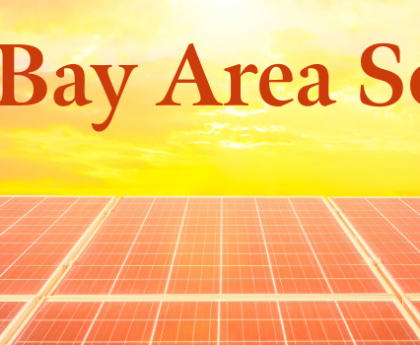
CALIFORNIA — There’s a good chance California residents could see the dazzling aurora borealis, also known as the northern lights, this weekend if the weather cooperates, according to space weather forecasters.
Chances are strong for auroras Friday through Sunday night in some parts of the country.
In Northern California, skies will be clear and perfect for viewing in the Bay Area and further north, according to the National Weather Service. Residents in Northern California have the highest probability of seeing the auroras, forecasters said.
Much of Southern California will experience cloudy skies during the night over the weekend, especially in Los Angeles, Orange and San Diego Counties, according to the National Weather Service. In Temecula, clearer skies will provide better opportunities to view the northern lights.
The strongest likelihood for auroras is in the northern tier of U.S. states, but the National Oceanic and Atmospheric Administration said in a rare level G-4 geomagnetic solar storm watch they could be seen this weekend as far south as Alabama.
The Kp index, the measure of the strength of a burst of solar energy, is predicted to be at 8 overnight Friday. Auroras become likely with a Kp index of 5.
“Watches at this level are very rare,” NOAA said. “This is an unusual event.”
The last time NOAA issued a watch for a “severe” geomagnetic storm was in January 2005.
A severe geomagnetic storm can also trigger GPS problems, interfere with satellite communications, cause high-frequency blackouts, disrupting power and communications.
The watch comes after two massive sunspots merged, spitting at least two X-class (the largest class) and M-class (the second-largest class) solar flares that are sending a mass of supercharged plasma hurtling toward Earth in a coronal mass ejection, or CME. Another sunspot released strong CMEs earlier this week.
NOAA expects the bulk of the CMEs will collide with Earth from midday Friday through Sunday. The sunspot clusters are “magnetically complex and much larger than Earth,” the Space Weather Prediction Center said, noting continued growth in both the area of the sun experiencing flares and an increase in complexity have created “a higher threat of increased solar flare risk.”
This post was originally published on 3rd party site mentioned on the title of this site



